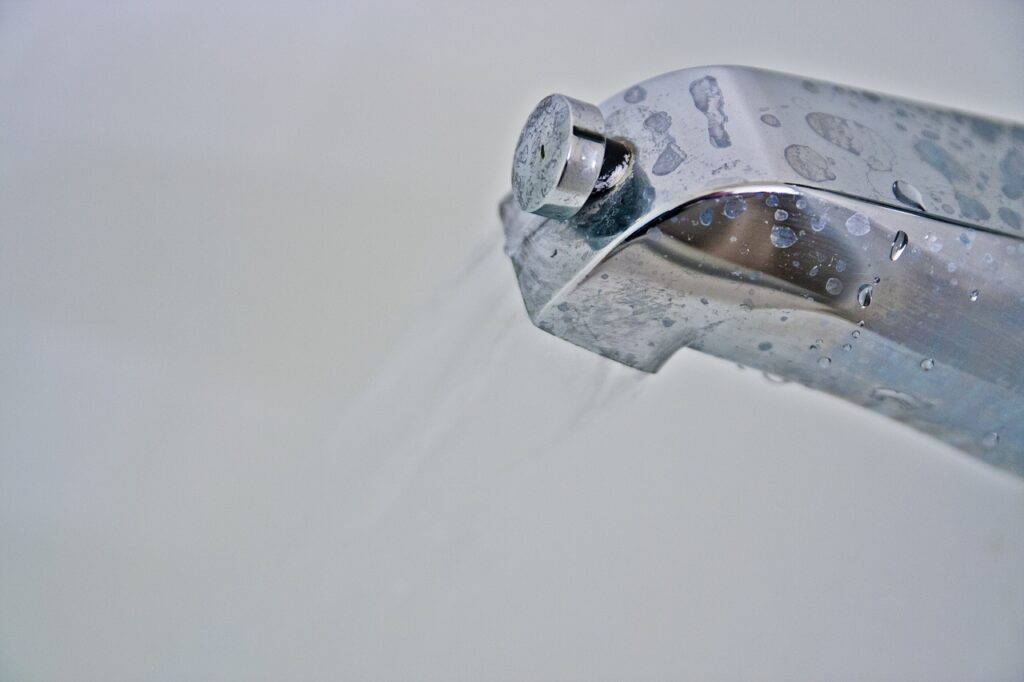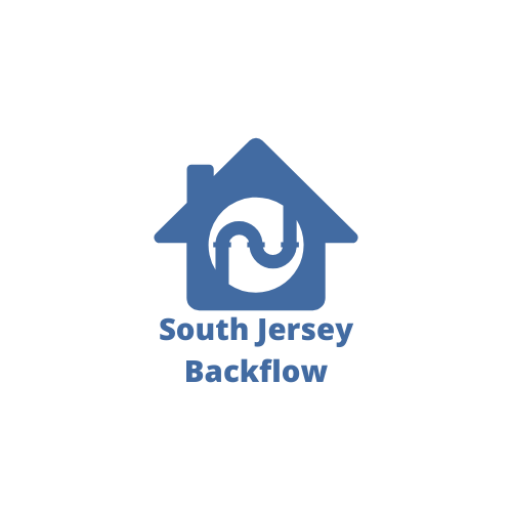Preventing Backflow Contamination in Commercial and Residential Properties
Backflow contamination poses a significant risk to both residential and commercial water supplies, making proper prevention crucial for maintaining safe drinking water. Whether you’re a homeowner or a business owner, understanding how to prevent backflow contamination is essential for protecting public health and complying with New Jersey regulations.
In this guide, we’ll explore the risks of backflow, common sources of contamination, and the best practices for preventing it in both commercial and residential properties.
Understanding Backflow Contamination
Backflow occurs when water flows in the opposite direction from its intended path, allowing contaminants to enter the clean water supply. This can happen due to:
- Back-Siphonage – A sudden drop in water pressure, such as when a fire hydrant is opened or a main water line breaks, can create a vacuum that pulls contaminated water into the system.
- Back-Pressure – If water pressure in a non-potable system (such as an irrigation or industrial system) exceeds that of the potable water system, it can force contaminated water into the drinking supply.

Common Sources of Backflow Contamination
Backflow contamination can occur in various settings, including:
Irrigation Systems
Fertilizers, pesticides, and other chemicals can be drawn into the water supply through sprinkler systems.
Fire Sprinkler Systems
These systems use chemically treated water that must be prevented from entering drinking water pipes.
Industrial and Commercial Facilities
Manufacturing plants and processing facilities often use hazardous substances that pose contamination risks.
Restaurants and Food Processing Plants
Dishwashing stations, beverage dispensers, and grease traps can introduce contaminants if not properly controlled.
Private Wells and Swimming Pools
Without proper backflow prevention, pool chemicals and bacteria from wells can mix with potable water supplies.
How to Prevent Backflow Contamination
1. Install a Backflow Prevention Device
The most effective way to prevent backflow contamination is by installing a certified backflow prevention device. Common types include:
- Reduced Pressure Zone (RPZ) Valves – The most effective option for high-risk applications, providing multiple layers of protection.
- Double Check Valve Assemblies (DCVAs) – Used in moderate-risk environments, such as residential irrigation systems.
- Atmospheric Vacuum Breakers (AVBs) – Prevents backflow by breaking the siphon effect but cannot handle constant pressure.
2. Schedule Annual Backflow Testing and Maintenance
New Jersey regulations require annual testing of backflow preventers to ensure proper functionality. A certified technician will:
- Inspect the device for wear and damage
- Conduct pressure and valve tests
- Repair or replace faulty components if necessary
- Provide certification to local water authorities
3. Follow Plumbing Codes and Local Regulations
Ensuring compliance with municipal and state plumbing codes is vital to backflow prevention. Business owners and homeowners should work with licensed professionals who understand New Jersey’s backflow regulations.
4. Maintain Proper Air Gaps
An air gap is a physical separation between a water outlet and a potential contaminant source. For example:
- Kitchen sinks should have an air gap between the faucet and the water level in the sink.
- Hose bibs should not be submerged in standing water to prevent contamination.
5. Be Aware of Cross-Connections
A cross-connection occurs when a potable water system is directly connected to a non-potable source. Examples include garden hoses left submerged in pools or buckets, improperly installed dishwashers, or industrial equipment connected to drinking water lines. Identifying and eliminating these risks can prevent contamination.
South Jersey Backflow: Your Partner in Backflow Prevention
At South Jersey Backflow, we specialize in protecting commercial and residential properties across New Jersey from backflow contamination. Our certified technicians provide:
- Expert installation of backflow prevention devices
- Routine maintenance and emergency repairs
- Annual testing and certification to ensure compliance
Protect your property and your community from backflow contamination. Contact South Jersey Backflow today to schedule an inspection or consultation!

